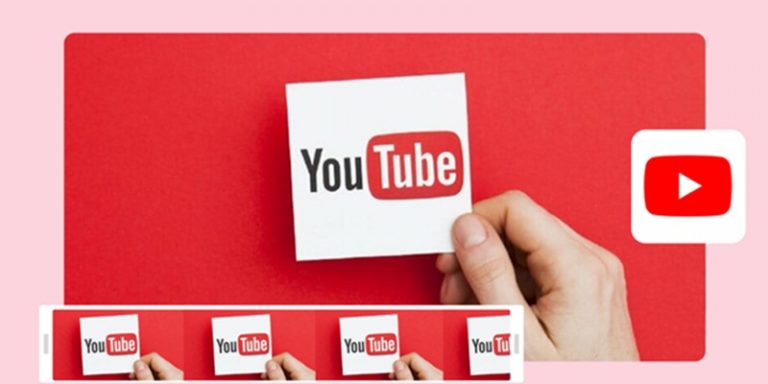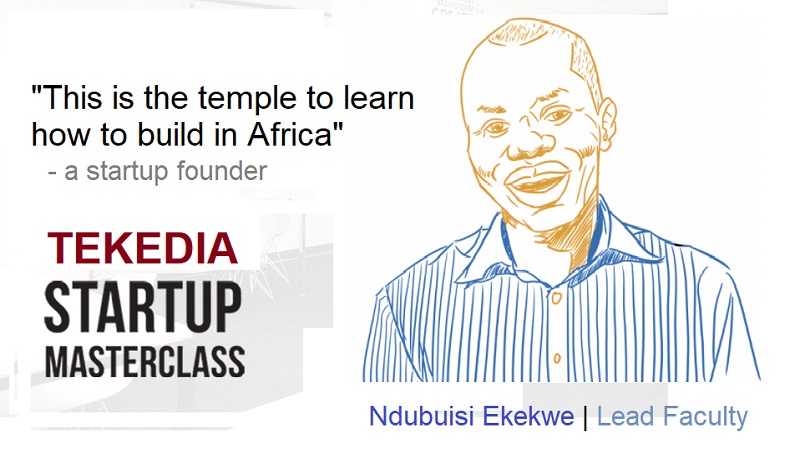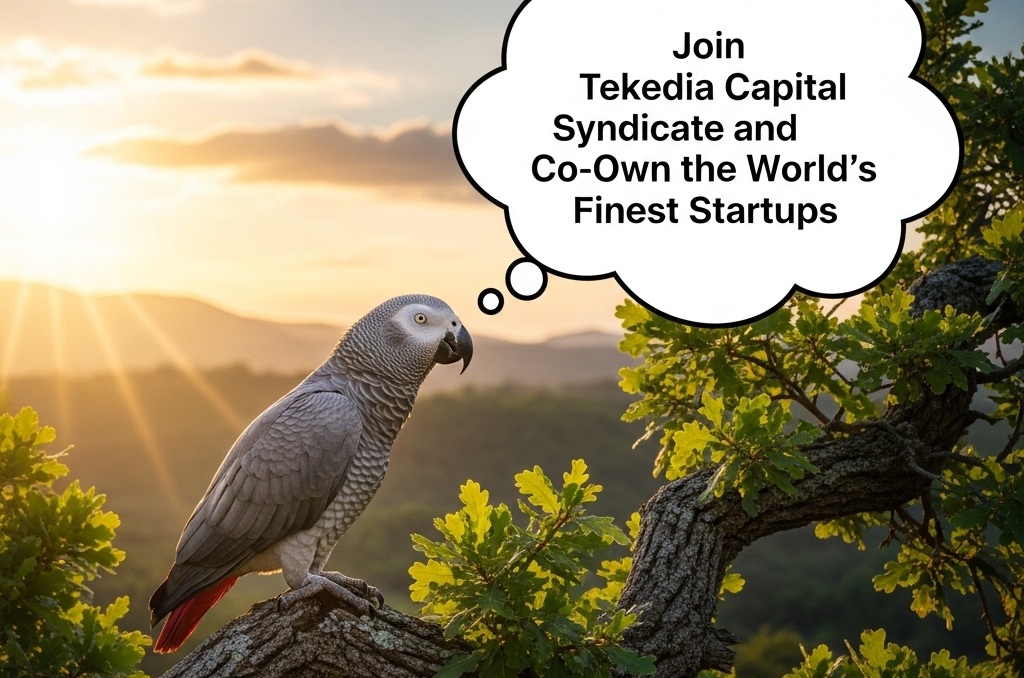
YouTube is about to dive even deeper into the AI age—and not everyone is excited about it. During his keynote at the Cannes Lions International Festival of Creativity on Wednesday, YouTube CEO Neal Mohan revealed that the platform will soon introduce a new tool that uses Google’s Veo 3 generative AI to create YouTube Shorts from scratch.
In essence, it’s an AI-powered factory line for vertical video content, capable of assembling fully generated Shorts with little to no human input. Google’s Veo 3, revealed earlier this year at Google I/O 2024, is capable of producing high-fidelity, 1080p video up to one minute long from a simple text prompt. The tool uses multimodal deep learning models that allow it to generate scenes, characters, motion, and even stylized visual effects—capabilities that are now being integrated into YouTube’s Shorts format.
“The possibilities with AI are limitless,” Mohan said during the keynote. “A lot can change in a generation. Entertainment itself has changed more in the last two decades than any other time in history. Creators led this revolution.”
Register for Tekedia Mini-MBA edition 19 (Feb 9 – May 2, 2026): big discounts for early bird.
Tekedia AI in Business Masterclass opens registrations.
Join Tekedia Capital Syndicate and co-invest in great global startups.
Register for Tekedia AI Lab: From Technical Design to Deployment (next edition begins Jan 24 2026).
While YouTube presents this as a groundbreaking innovation for creators, critics say it opens the floodgates to what many are calling a coming wave of “AI slop”—content so disconnected from real human storytelling that the lines between authenticity and fabrication will become even more blurred.
But Mohan struck an optimistic tone during his speech, per the Hollywood Reporter.
“Communities will continue to surprise us with the power of their collective fandom. And cutting-edge AI technology will push the limits of human creativity,” he said. “My biggest bet is that YouTube will continue to be the stage where it all happens.”
“YouTube has always been the home for creative experimentation,” he added. “Now, we’re giving more people the tools to create content at the speed of imagination.”
However, outside the Cannes auditorium, the sentiment is not as utopian. Many believe that far from empowering creators, tools like these could dilute the creative ecosystem by flooding it with synthetic, low-quality, and indistinguishable content—most of it likely designed to chase views, game algorithms, or mimic trending formats without any human nuance.
The unveiling comes amid ongoing industry tension over the role of AI in media. YouTube has already inked a deal with the Creative Artists Agency (CAA), allowing certain high-profile artists and athletes to control how their likeness is used by AI. This move comes as a partial response to growing concern across Hollywood that generative AI tools could be used to digitally clone actors and performers without consent.
This concern came to a head during the 2023 SAG-AFTRA and Writers Guild of America strikes, where one of the key demands was the regulation of AI in content creation, particularly regarding digital likeness rights and compensation. Though those strikes concluded with concessions on AI clauses, they did not stop the momentum of generative tools being rolled out in commercial platforms like YouTube, Meta, and TikTok.
YouTube’s AI tool announcement also follows broader Google efforts to push generative AI across its services. Veo 3 is the successor to Google’s earlier video generation models like Phenaki and Imagen Video and is part of a suite of new generative tools launched under Google DeepMind and Google Labs, which also include music generation, text-to-image synthesis, and large multimodal models.
For creators who depend on YouTube for income and audience engagement, the tool could be a double-edged sword. On one hand, it lowers the barrier to entry. On the other, it threatens to saturate the platform with auto-generated content that could make discovery harder and widen the gap between top-earning creators and new entrants.
YouTube’s new AI Shorts tool isn’t live yet, but the company confirmed it is currently being tested internally and will be offered to select creators before a wider rollout later this year. It will likely be integrated into YouTube Studio and the Shorts creation suite on mobile.
Many consider this not just a new feature but a signal—a sign that the platform once built by people with cameras and stories is evolving into something harder to define, harder to trust, and possibly, harder to care about.



